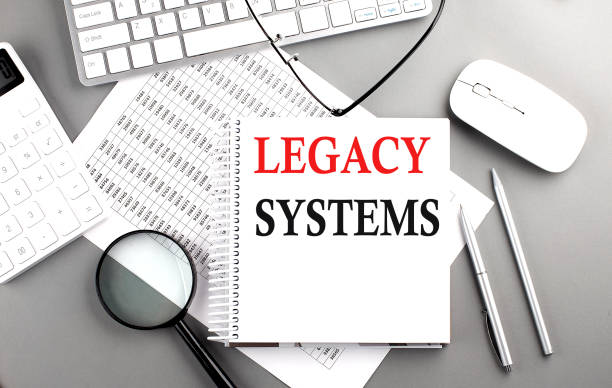
#SmartIndustry
3 February 2025
Smart Industry : how to build a winning technology roadmap (Guide for Large Enterprises)
Industry 4.0 presents a major opportunity for large enterprises aiming to accelerate their digital transformation, automate processes, and optimize performance. However, without a clear and well-defined technology roadmap, these initiatives risk lacking coherence and leading to costly failures.
In this guide, we will walk you through the process of building a winning technology roadmap, specifically tailored for large industrial enterprises.
Why a technology roadmap is essential ?
Anticipating market trends and evolutions
The industrial landscape is evolving rapidly, with major advancements in industrial IoT, artificial intelligence, robotics, edge computing, and cybersecurity. A technology roadmap allows you to anticipate these transformations and adopt the right solutions at the right time.
Avoiding dispersion and optimizing investments
Without a clear plan, companies risk multiplying pilot projects without achieving successful integration. A well-structured roadmap ensures coherence in investments and increased profitability.
Aligning digital transformation with strategic objectives
Technological innovation must serve the company's vision and objectives: cost reduction, improved production, increased flexibility, energy resource optimization, etc.
Key steps to build a high-performance technology roadmap
Diagnose the current state and define priorities
First, it is crucial to analyze the current state of infrastructures and processes to identify opportunities for improvement.
- Audit existing systems (ERP, MES, SCADA, IoT, etc.)
- Evaluate the organization's strengths and weaknesses
- Identify business needs and priority areas
Example : An industrial group found significant heterogeneity in its production systems, hindering data exploitation and performance optimization.

Define clear and measurable objectives
Technological ambitions should be translated into concrete and quantifiable goals:
- Reduce downtime by 20% through predictive maintenance
- Automate 50% of production tasks within three years
- Optimize energy consumption by 30%
Select the right technologies
Once objectives are defined, choose the most relevant technologies to achieve them:
- Industrial IoT: Connected sensors for real-time production monitoring
- Artificial Intelligence and Machine Learning: Predictive analysis and decision automation
- Digital Twins: Simulation and process optimization before implementation
- Cloud and Edge Computing: Intelligent data processing to reduce latency
- Cybersecurity: Enhanced protection against cyberattacks
Example : An aerospace manufacturer integrated a digital twin to optimize aircraft maintenance, reducing intervention costs and improving safety.
Build a progressive deployment plan
Rather than attempting to transform everything at once, it is recommended to adopt an iterative and agile approach:
- Phase 1 : Tests and POC (Proof of Concept) in a pilot plant
- Phase 2 : Gradual deployment and adjustments
- Phase 3 : Standardization and scaling across all sites
Ensure adoption and change management
Technology alone is not enough; teams must be involved from the start. To guarantee success:
- Training and support for employees
- Involvement of field teams to address concrete needs
- Implementation of performance indicators to measure impact
Example : A chemical company provided its operators with intensive training on using new digital tools, ensuring rapid and effective adoption.
Pitfalls to avoid
- Underestimating the complexity of integrations: An overly ambitious and unrealistic roadmap can slow down the project.
- Neglecting cybersecurity: Every new technology integrated must be secured to avoid vulnerabilities.
- Not involving business units: A transformation imposed without alignment with the company's real needs is doomed to fail.
Conclusion : towards controlled industrial transformation
A well-defined technology roadmap is key to successfully transitioning to Industry 4.0 without haste or unnecessary risks. It allows alignment of innovation, profitability, and operational performance by relying on coherent and strategic technological choices.
By following these steps and adopting a progressive approach, large enterprises can harness the full potential of Industry 4.0 technologies and remain competitive in the long term.
Need personalized support to build your technology roadmap? Contact our experts for a strategic consultation.









